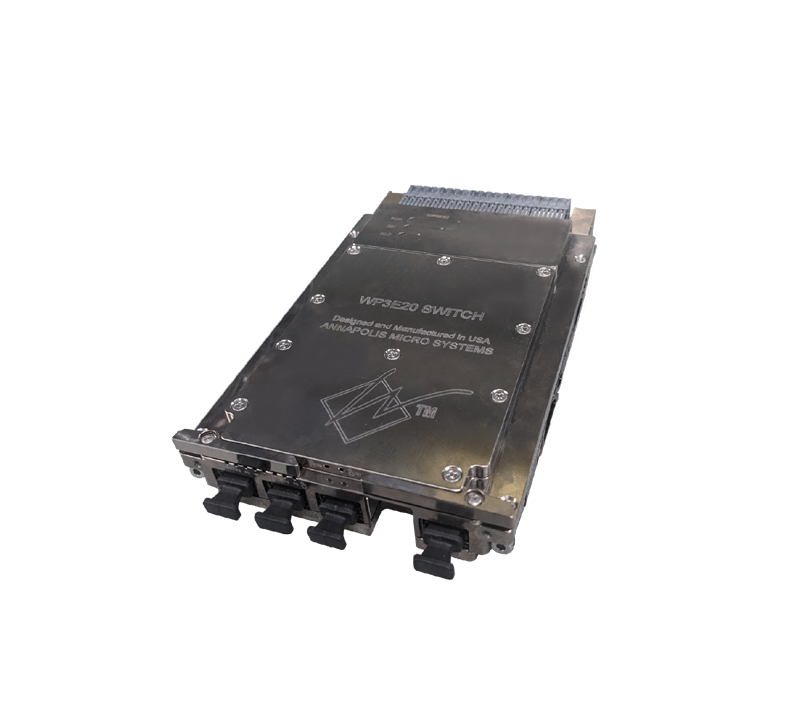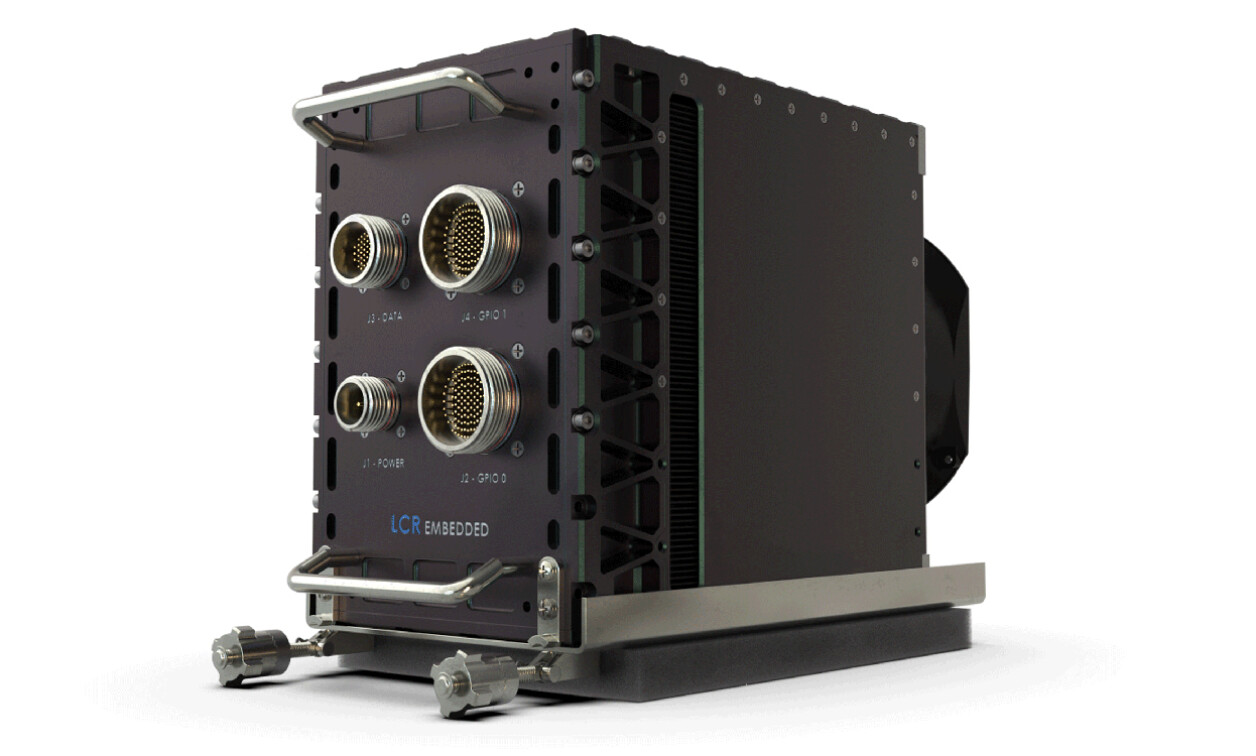High-Performance Embedded Computing (HPEC) seems to the topic of the year. We talked about it during Embedded Tech Trends in January, where several sponsors discussed their own HPEC strategies. Recently, a new VPX-based HPEC Proof-of-Concept (PoC) platform was introduced by Kontron. GE Intelligent Platforms has set up a HPEC Center of Excellence solely to focus on HPEC to support demands of ISR, Radar, and EW applications and their own HPEC Application Ready Platforms based on VPX. Mercury Systems continues to innovate and chalk up new design wins each month with their HPEC solutions. Curtiss-Wright Controls Defense Solutions has been expanding their HPEC product line at an amazing pace. Themis Computer, with extensive experience with server technology, is working hard to reduce the platform size even more. Many others are supporting these initiatives or are working on their own product strategies in support of HPEC. They are reaching the final stages of the VITA 75 specification and are deploying early NanoPAK platforms. VPX, combined with the newest processors, has opened up doors to high-performance computing. These VPX systems bring the latest in IT technology to embedded computing, but in a smaller and more rugged form factor.
VPX makes it possible to build an innumerable combination of HPEC platforms suitable to the many challenging applications of signal processing. A perfect storm seems to be brewing as processing performance and I/O performance are reaching a balance rarely seen in the world of computing. The multicore processors are being enhanced with graphics processing cores that are popular in many data-intensive applications that can utilize the parallel processing nature of the graphics execution units common in today’s microprocessors. The serial switch fabric options of Ethernet, PCI Express, serial RapidIO, and InfiniBand enlarge the I/O pipes enough to handle many new classes of computing challenges. The ability to create simple point-to-point systems all the way to complex multi-point mesh topologies make these platforms very configurable to meet a variety of needs. This enables a new breed of unparalleled applications for sensor data processing platforms used in radar, sonar, and general imaging.
These new VPX-based HPEC platforms are a fraction of the size and orders of magnitude greater in performance than the previous generations of platforms. The small size of VPX fits the needs of fixed and mobile applications alike, leaving it up to the imagination of system designers to craft new uses for these HPEC platforms. HPEC platforms capable of hundreds of GFLOPs can fit in a 3U or 6U rack and can scale much larger as driven by the needs of the application.
And when I thought the serial fabric wars were subsiding, they have flared up again. Kontron is pursuing TCP/IP over PCI Express 3.0. Soon 40 GbE will be showing up in products. Mercury Systems has been researching what it will take to step up to the next generation of infrastructure for HPEC platforms. They feel that advances in connector and backplane technology will be needed to get beyond 8 Gbaud transfer rates; in other words, “The connector is key to unlocking speed.” Mercury Systems is working with Mellanox Technologies, exploring ways to utilize InfiniBand in innovative fashions. Ethernet, thought by many to be the winner, may still have some challengers ahead. It looks like the decisions are going to be more difficult to make for some time.
Vendors of data recording and signal processing sub-systems are joining the wave and rolling out many new products that work with these new VPX platforms. This is giving system designers a large selection of boards, peripherals, and sub-systems to round out their HPEC systems.
Just a few short years ago, this class of performance was considered “supercomputer class.” They were room-sized computers feeding on megawatts of power and requiring exotic liquid cooling. Today we can build systems hundreds of times more powerful for embedded applications in packages that are the size of a carry-on suitcase and can be air-cooled. The performance level is expected to get another big boost as Intel rolls out their fourth generation Core processors in the coming weeks. Stay tuned for some pretty incredible all-around performance claims, with VPX at the core of the platform.






